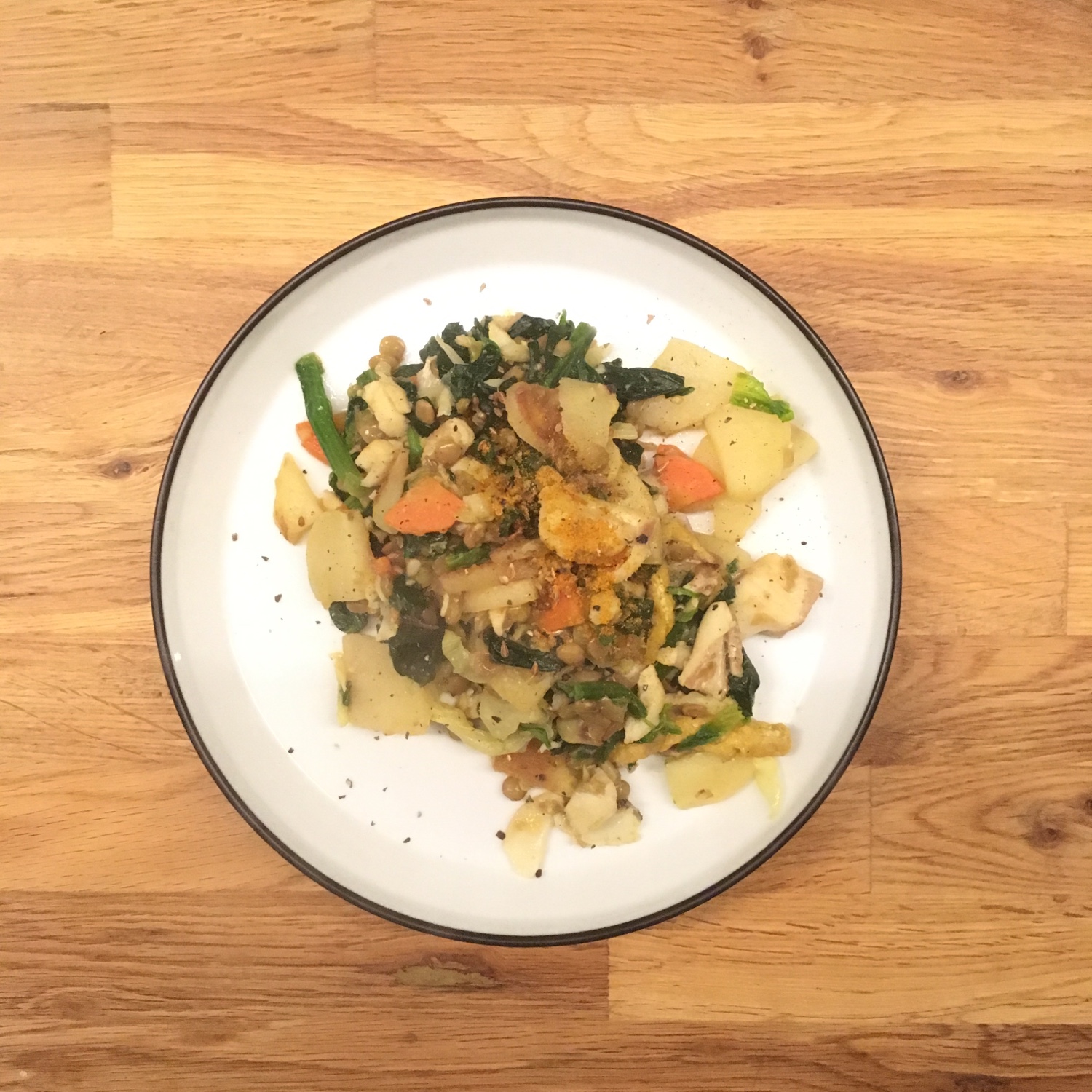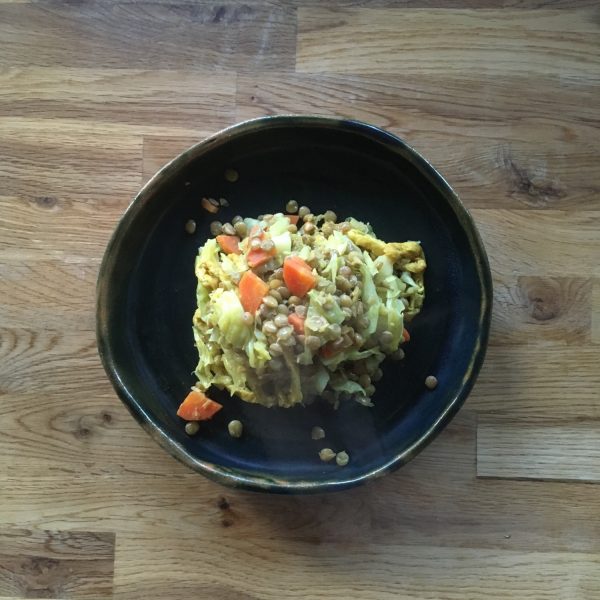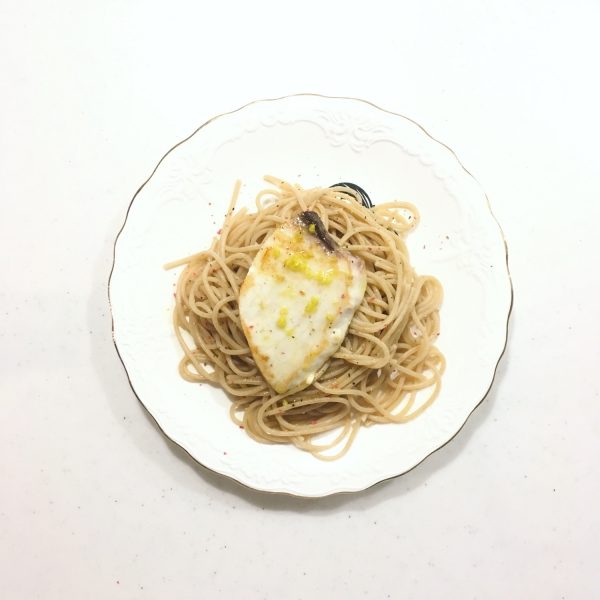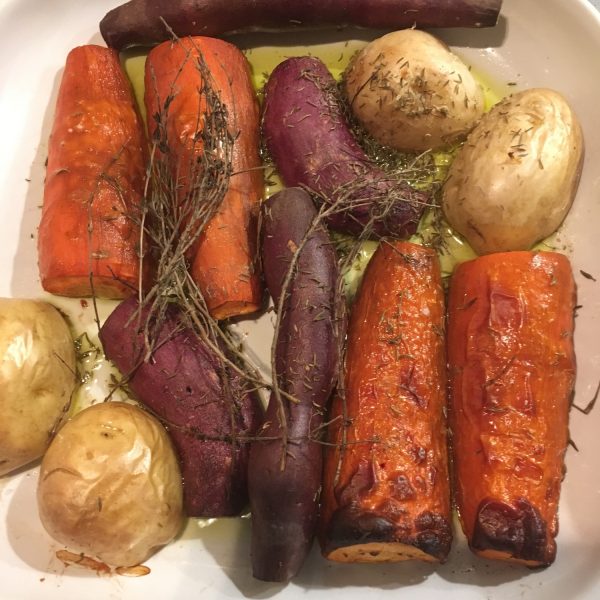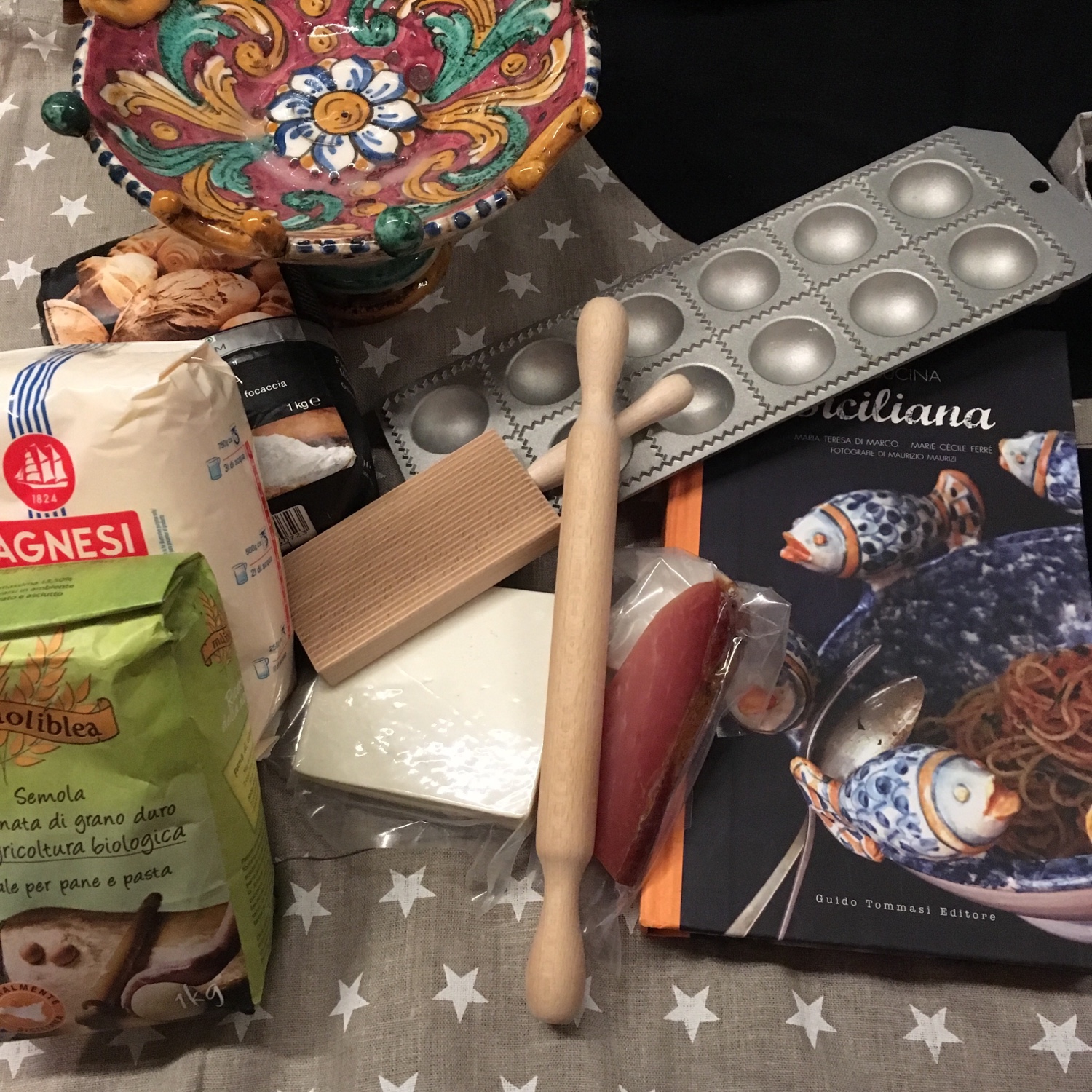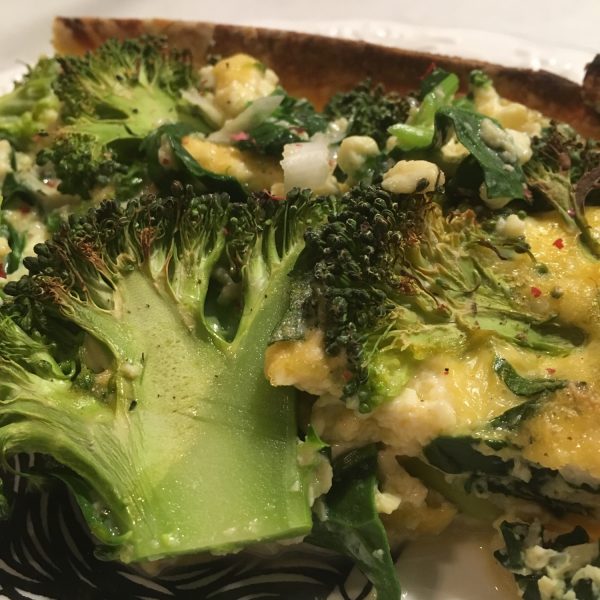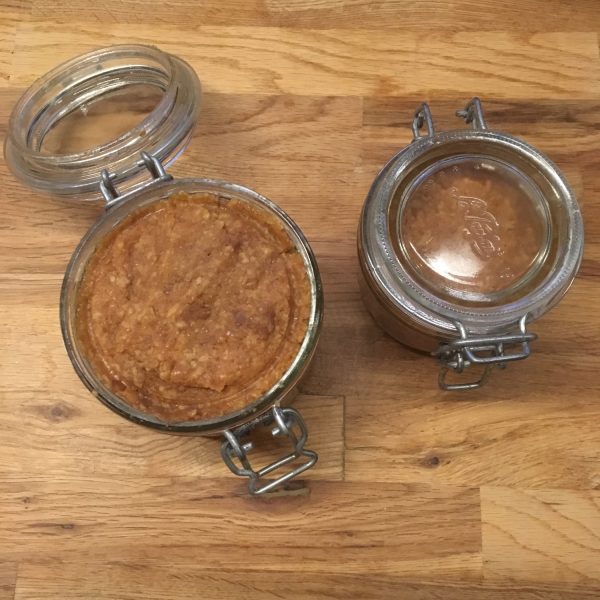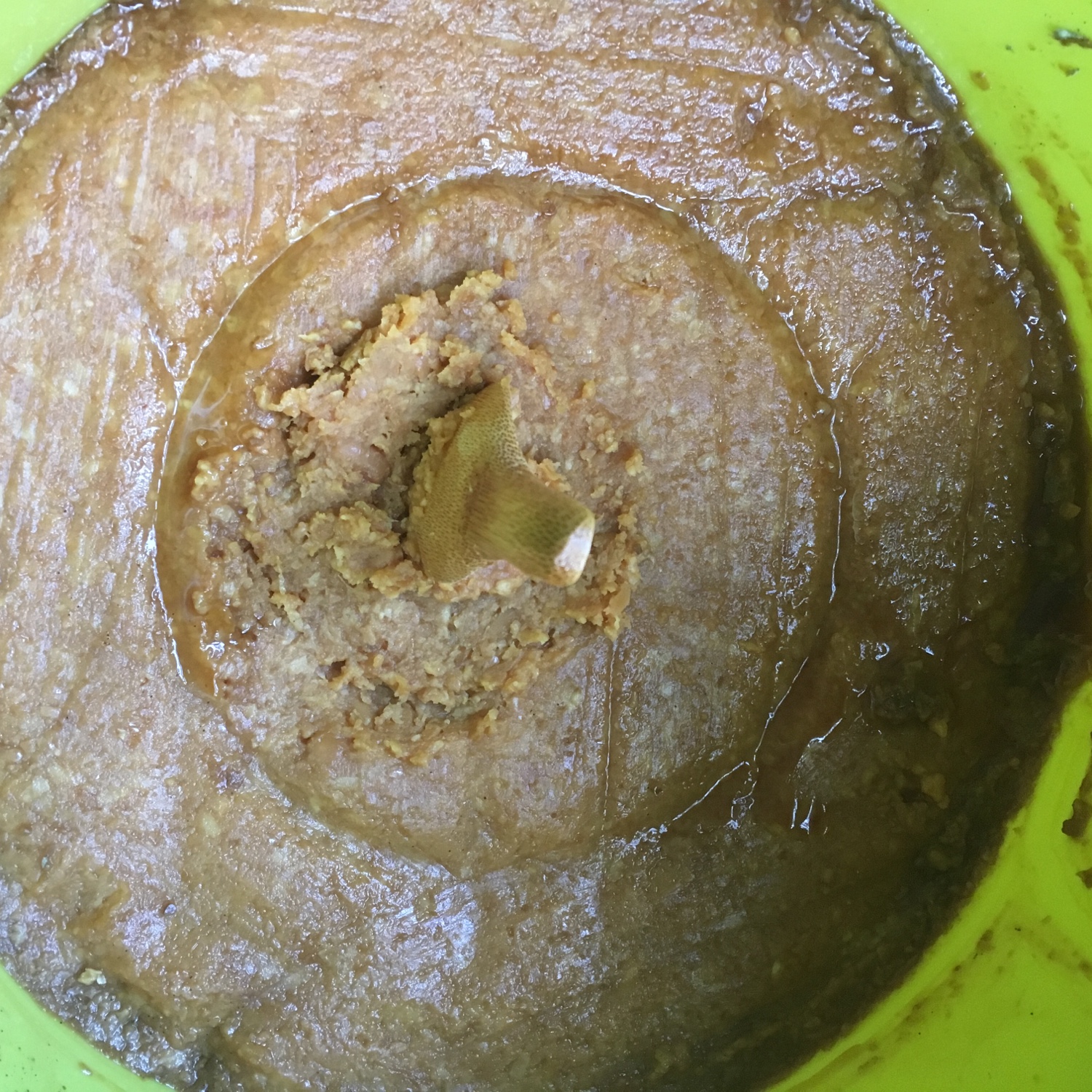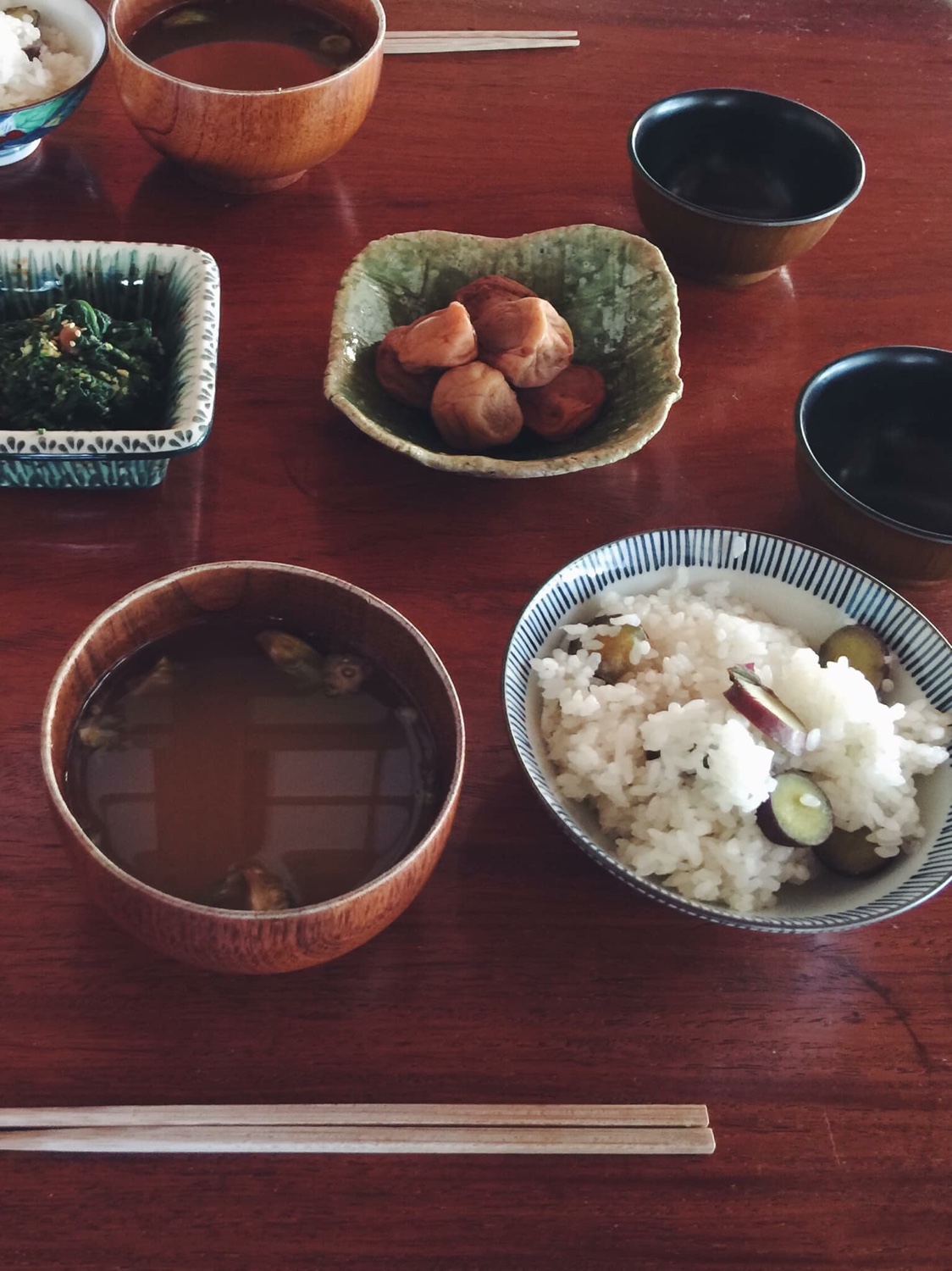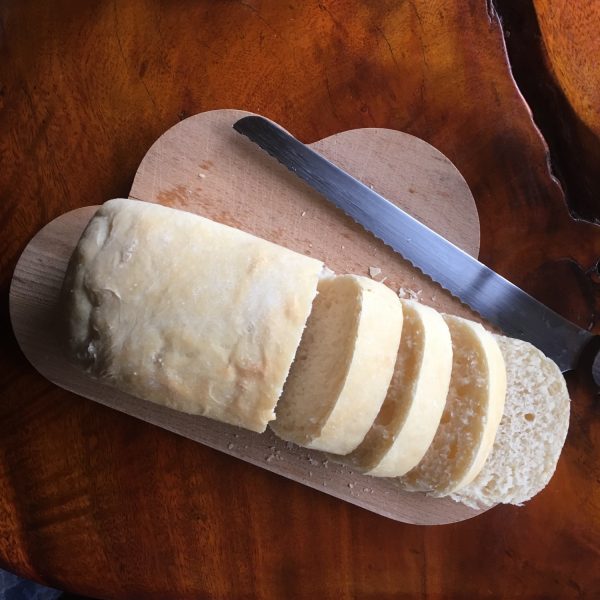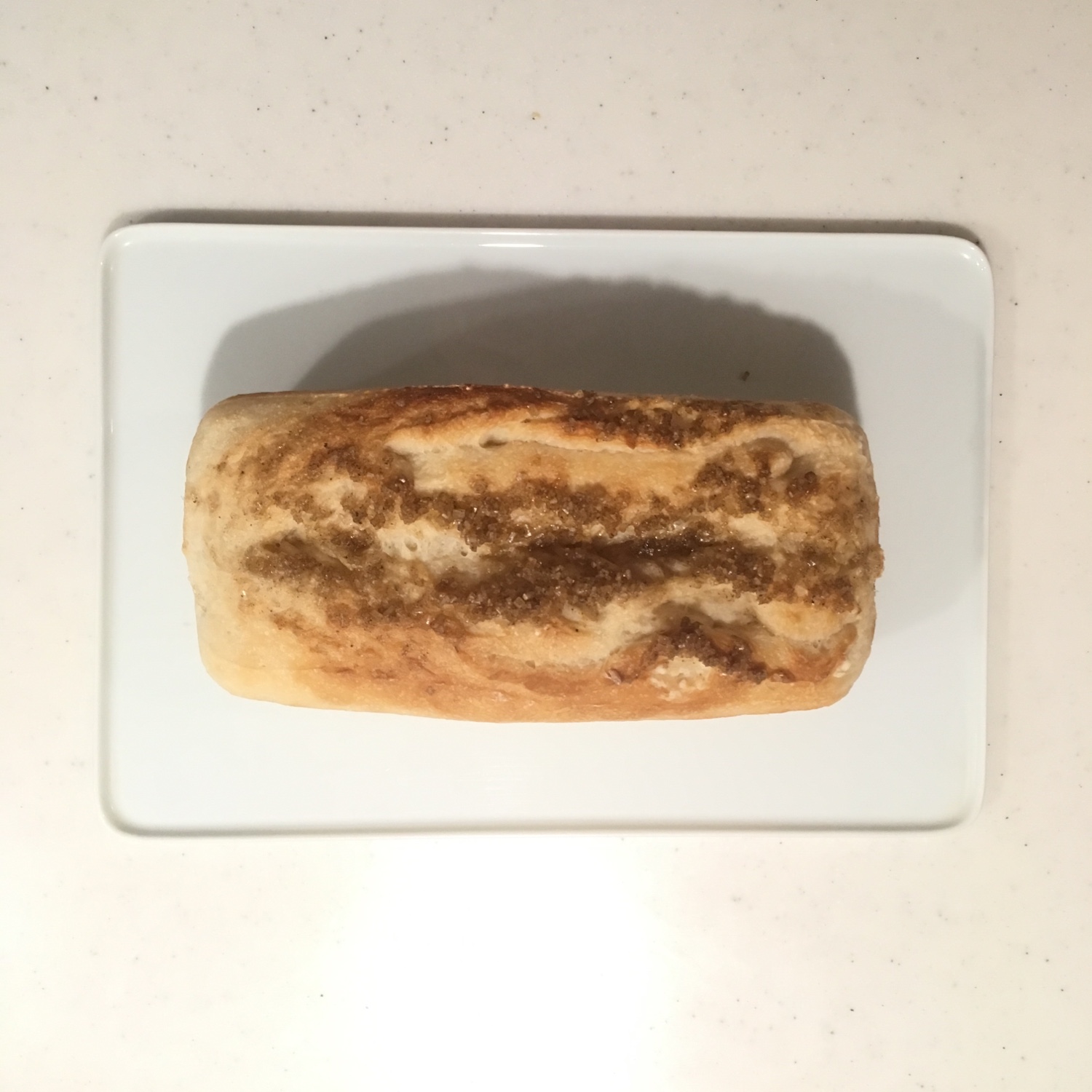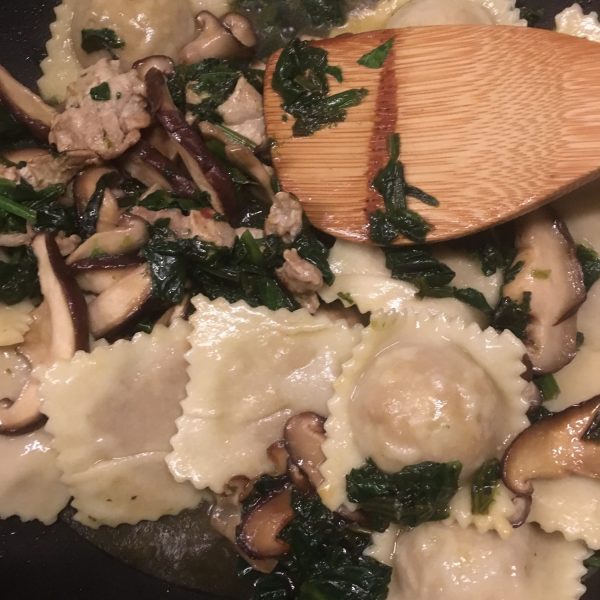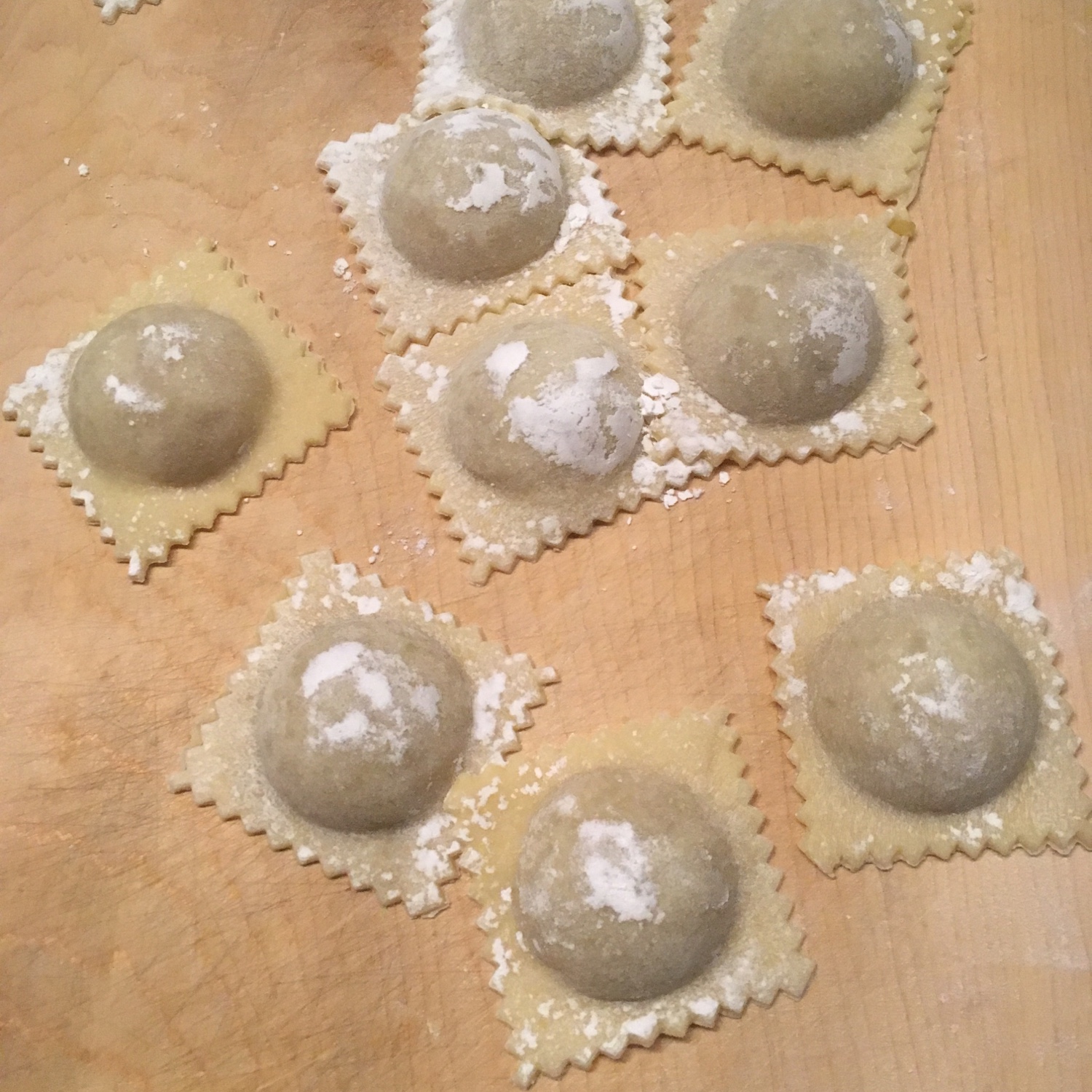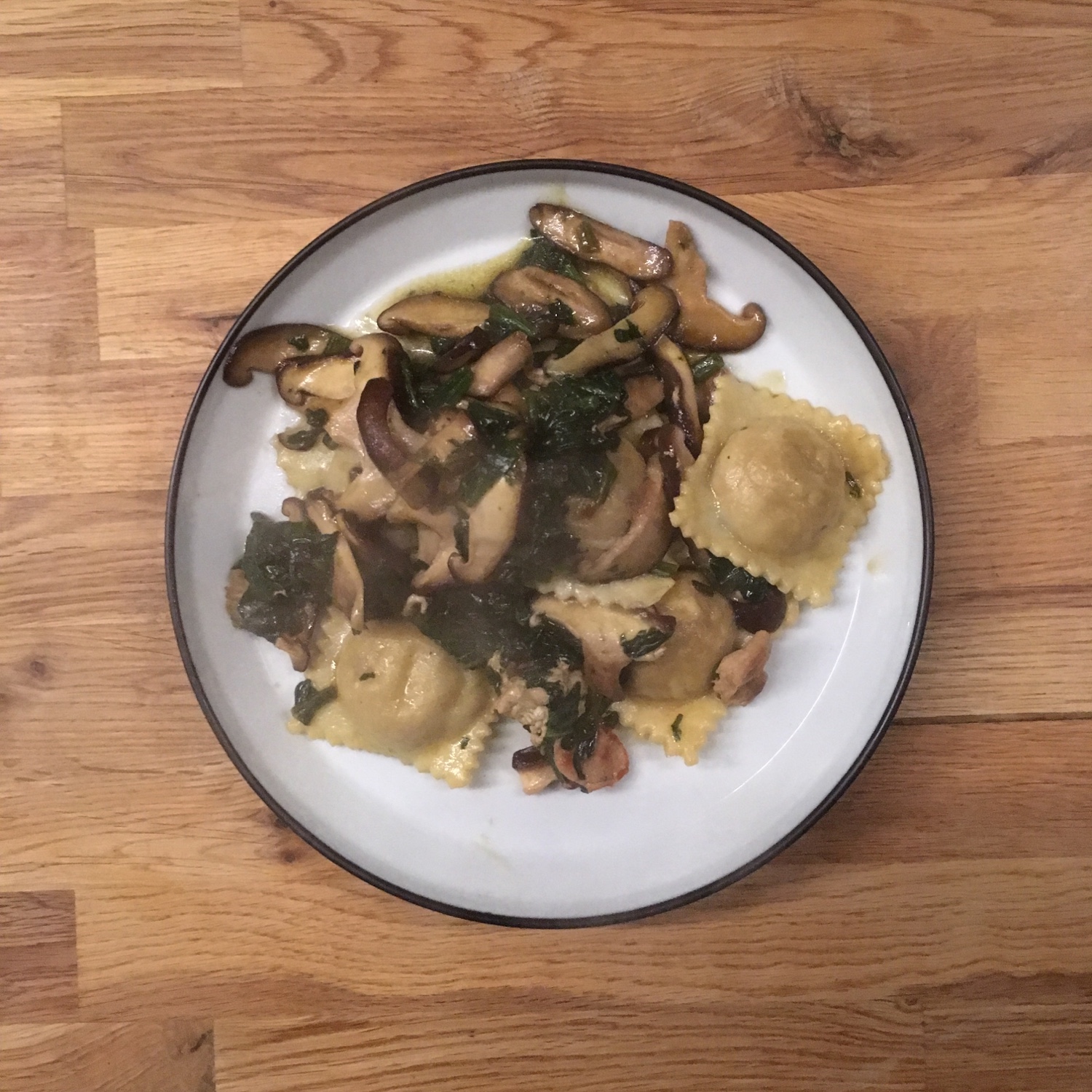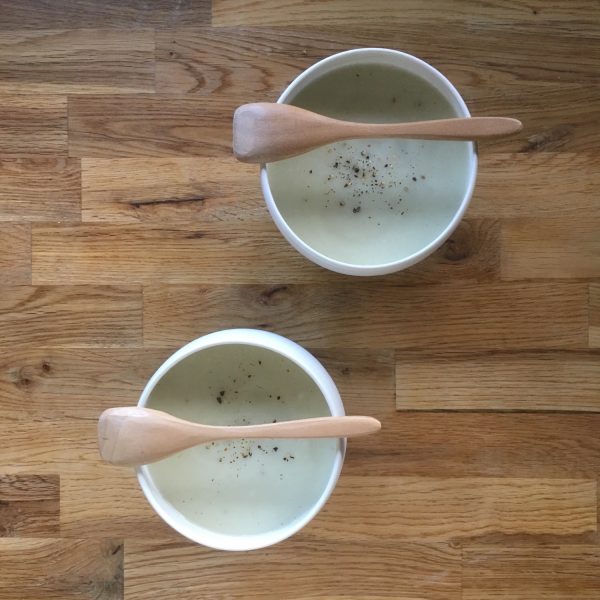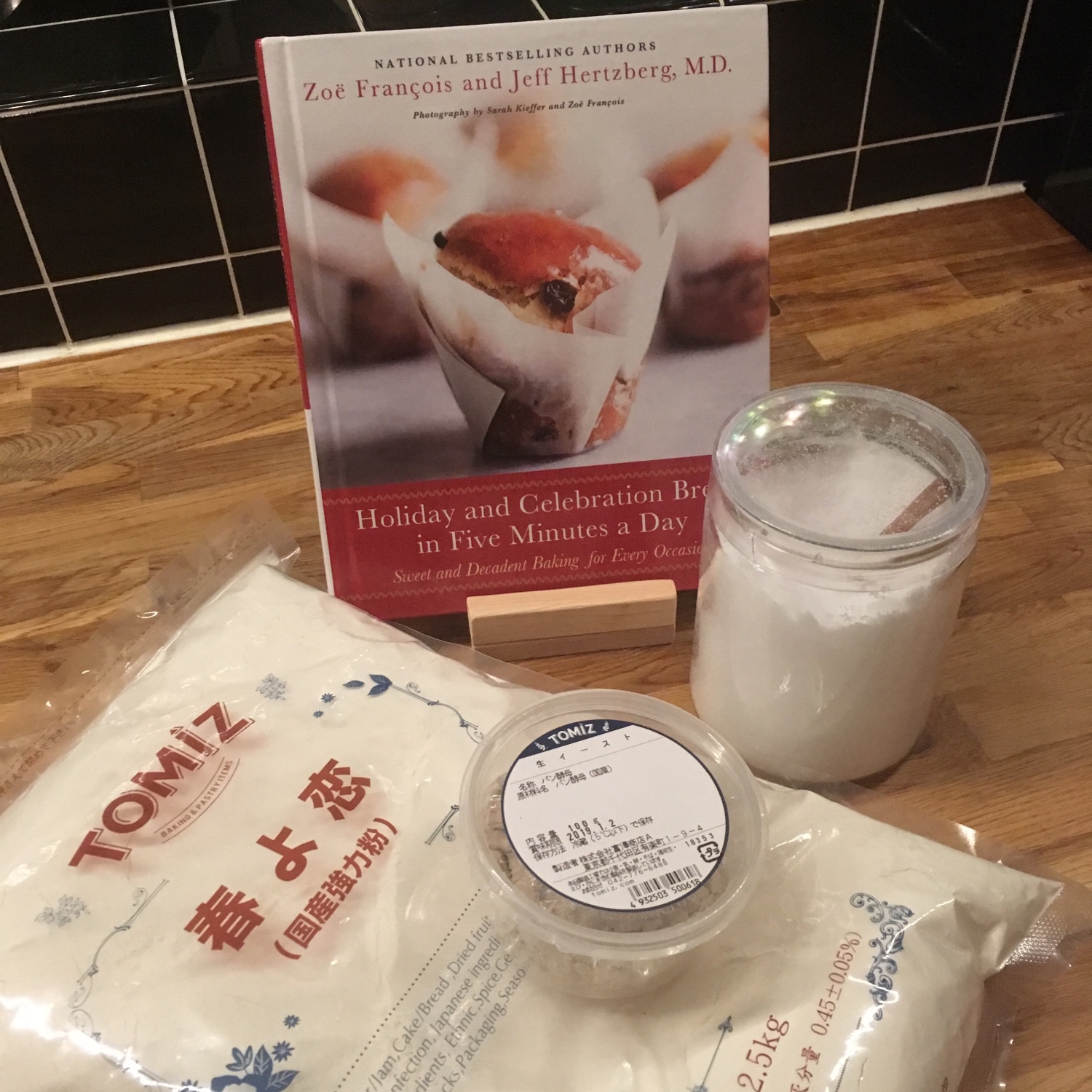Well well well, it’s getting cold and gloomy today in Tokyo and rain and snow are on the forecast for tonight after weeks of dry and sunny weather… I guess that’s it… every year is basically the same… after the brilliant days of January cold, the gloomier days arrive, colder even… To warm the mind and the body, there is nothing nicer than a hot plate of slightly spicy curry with plenty of vegetables, and to make it a little fancier, replace the rice by lentils. So I made a big pot of it, and used the leftovers for another version with even more vegetables inside and a brighter note of anis seeds. Here are both recipes. Enjoy and keep warm!!!
Lentil curry (2 servings+leftovers for the next recipe )
– 150-200g of brown or green lentils
– 1/3 cabbage
– 2-3 carrots
– 1.5tsp of curry powder
– 3 pieces of thin aburage
Boil the lentils until just soft, but not too much. Drain them. Wash and chop the cabbage and the carrots. Chop the aburage. In a frypan greased slightly and heated start cooking the vegetables. Stir regularly. Add 2cup of water and cook at high heat. When half of the water has evaporated add the curry powder, stir well, and add the aburage. When the water is almost all gone add the lentils, a bit of salt and stir. Serve and eat immediately.
Spinach and potato curry (2 servings)
– leftovers of the above recipe
– 2 potatoes
– a small bundle of spinach
– 1tsp of curry powder
– 1tsp of anis seeds
– 2 pieces of fresh cod (optional)
Peel the potatoes and slice them. Wash and chop the spinach. Chop the cod in bite size and remove bones and skin if any.
In a grease wok or large pan star by cooking the potatoes. When they start to golden add the fish and the lentil curry leftovers. Stir well. Add 1/2 cup of water, the curry powder, the anis seeds, the spinach. Cook at medium to high heat until most of the water is gone. Serve and eat immediately.
A soup version is also possible by adding more water and stopping when the water level is just at the vegetables level.
